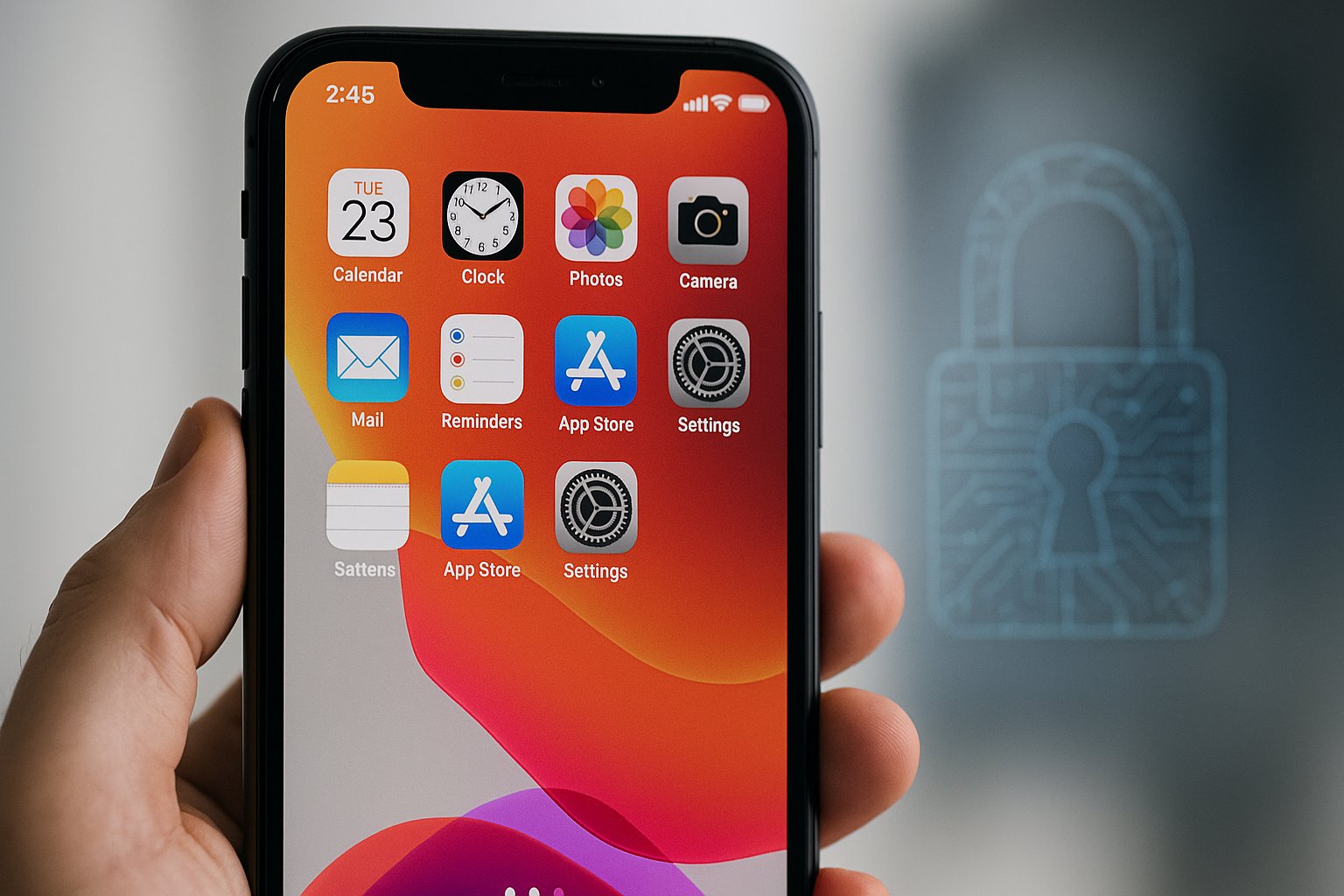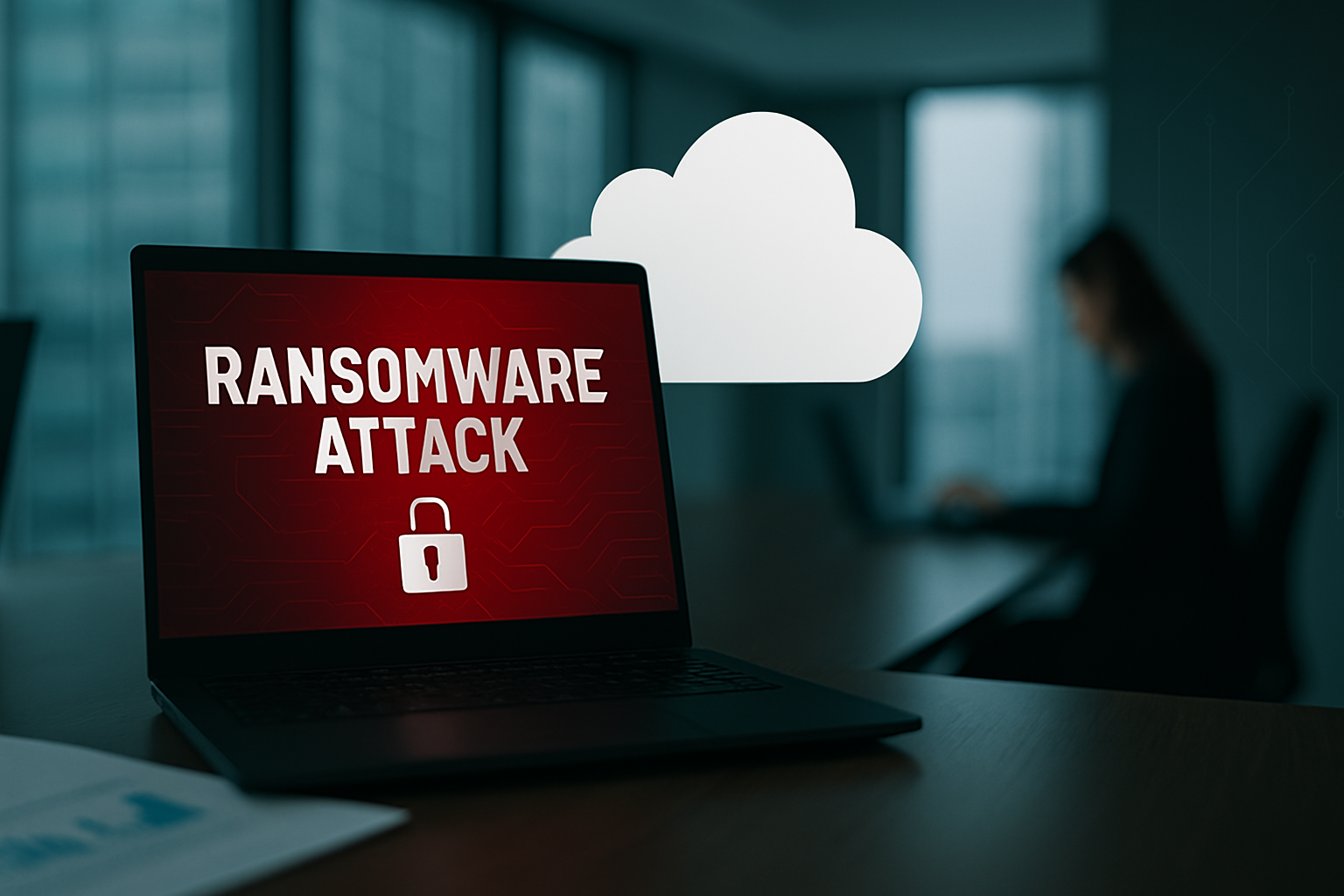data breaches
-
Malicious PyPI Packages Target Social Media Accounts, Researchers Warn
Cybersecurity researchers have identified malicious packages on the Python Package Index (PyPI) that exploit stolen email addresses to target TikTok and Instagram accounts, raising concerns about user security.
-
Growing Threats from Sideloaded iOS Apps Exposed in New Report
Zimperium’s latest report uncovers significant security vulnerabilities associated with sideloaded iOS applications, illuminating risks that threaten both individual users and businesses. The analysis reveals how malicious apps exploit iOS flaws to bypass security protocols.
-
Cloud Ransomware Attacks Surge as Organizations Struggle with Security
A new Rubrik report highlights the rising tide of cyberattacks as organizations grapple with the security challenges posed by cloud technology. With 90% of IT leaders reporting breaches and 86% admitting to paying ransoms, the urgency for effective data security strategies is unprecedented.
-
Cyber Threats to Automotive Industry Surge in 2025
The automotive industry faces a surge in cybersecurity threats, with incidents increasing by nearly 50% in the first quarter of 2025. Ransomware attacks have particularly risen, prompting experts to warn of the extensive risks posed to manufacturers and consumers alike.
-
Cybersecurity Risks with Third-Party Identity Providers Prompt New Solutions
As businesses increasingly rely on third-party identity providers for cybersecurity, experts warn about the risks, suggesting innovative solutions like extra-factor authentication to enhance security without ceding control.
-
New Atlantis AIO Platform Automates Credential Stuffing Attacks Against 140 Online Services
The newly discovered Atlantis AIO platform automates credential stuffing attacks against 140 online services, including major email and e-commerce platforms, posing significant risks if adequate security measures are not adopted.






